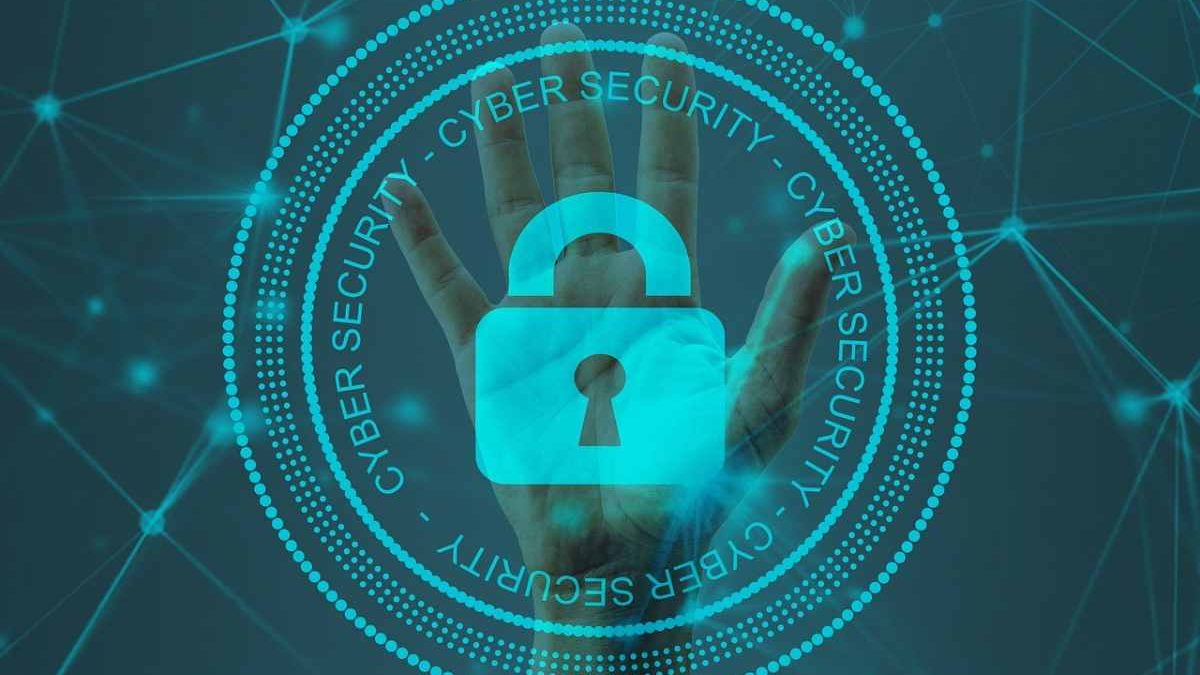In today’s fast-paced digital world, cybersecurity is more critical than ever. The rise of cyber threats and the complexity of modern technologies have led to a “cybersecurity renaissance,” a period of rapid change and innovation in how we train and develop security experts. This article will explore how skill development for security experts is evolving, the key trends driving this change, and how these advancements are shaping the future of cybersecurity.
Table of Contents
Understanding the Cybersecurity Renaissance
The term “renaissance” traditionally refers to a period of great cultural and intellectual growth, as seen during the European Renaissance in the 14th to 17th centuries. In the context of cybersecurity, it symbolizes a transformative era where new approaches to skill development and training are revolutionizing the field. This renaissance is driven by several factors:
- Evolving Threat Landscape: Cyber threats are constantly changing. Hackers and cybercriminals use advanced techniques that require security experts to stay ahead. As a result, traditional training methods are no longer sufficient.
- Emergence of New Technologies: Innovations like artificial intelligence (AI), machine learning, and cloud computing are reshaping the cybersecurity landscape. Security experts need to understand these technologies to protect against new types of attacks.
- Increasing Demand for Skilled Professionals: The demand for cybersecurity professionals is at an all-time high. Organizations need experts who are not only skilled but also adaptable to new challenges.
Key Trends in Skill Development
The cybersecurity renaissance is characterized by several key trends in skill development. These trends are reshaping how security experts are trained and prepared for their roles.
1. Hands-On Training with Cyber Ranges
One of the most significant developments in cybersecurity training is the use of cyber ranges. These are virtual environments where security professionals can practice defending against real-world attacks. Unlike traditional classroom training, cyber ranges offer hands-on experience in a controlled setting.
Cyber ranges simulate various attack scenarios, allowing security experts to test their skills and strategies. This practical experience is invaluable for understanding how to respond to different types of threats. As cyber ranges become more advanced, they provide increasingly realistic simulations, helping professionals prepare for the complexities of modern cyber threats.
2. Emphasis on Soft Skills
While technical skills are crucial for cybersecurity professionals, soft skills are becoming equally important. Skills such as communication, problem-solving, and critical thinking are essential for managing incidents and collaborating with other team members. Training programs are now incorporating these soft skills to ensure that security experts can effectively handle both technical and interpersonal challenges.
3. Continuous Learning and Adaptation
Cybersecurity is a rapidly evolving field. New threats and technologies emerge regularly, making continuous learning essential. Traditional training methods often fail to keep pace with these changes. To address this, many organizations are adopting continuous learning approaches. Programs focused on cybersecurity upskilling are crucial, providing professionals with the latest tools and methods needed to stay ahead in this dynamic landscape.
Online courses, webinars, and certification programs offer flexible learning opportunities for security professionals. These resources allow experts to stay updated on the latest trends and technologies. Additionally, micro-learning modules and on-the-job training help professionals quickly adapt to new challenges.
4. Integration of AI and Automation
Artificial intelligence (AI) and automation are becoming integral to cybersecurity. AI can analyze vast amounts of data to identify patterns and potential threats faster than human analysts. Automation can streamline repetitive tasks, allowing security professionals to focus on more complex issues.
Training programs are incorporating AI and automation tools to help security experts understand how to leverage these technologies. By learning how to use AI-driven tools and automation effectively, professionals can enhance their ability to detect and respond to cyber threats.
5. Collaborative Learning Environments
Cybersecurity is a team effort. Collaboration among security professionals, IT staff, and other stakeholders is crucial for effective threat management. Modern training programs are fostering collaborative learning environments where professionals can work together on projects and simulations.
These collaborative settings mimic real-world scenarios where teamwork is essential. By working together, security experts learn how to communicate effectively, share information, and develop coordinated responses to cyber incidents.
The Future of Skill Development
As we look to the future, the cybersecurity renaissance will continue to drive innovation in skill development. Several emerging trends are likely to shape the future of cybersecurity training:
- Gamification: Incorporating game-like elements into training can make learning more engaging and effective. Gamification can simulate real-world challenges and provide instant feedback, helping professionals learn through experience.
- Virtual and Augmented Reality: Virtual reality (VR) and augmented reality (AR) technologies offer immersive training experiences. These technologies can create realistic simulations and scenarios that enhance learning and retention.
- Personalized Learning Paths: Advances in AI can enable personalized learning experiences. Training programs may use AI to assess individual strengths and weaknesses, tailoring content to meet specific needs.
- Cross-Disciplinary Training: Cybersecurity is increasingly intersecting with other fields, such as data science and business management. Training programs may incorporate cross-disciplinary approaches to prepare professionals for a broader range of challenges.
Conclusion
The cybersecurity renaissance is transforming how we develop and train security experts. By embracing hands-on training, emphasizing soft skills, promoting continuous learning, integrating AI and automation, and fostering collaborative environments, we are preparing professionals for the evolving landscape of cyber threats.
As the field continues to evolve, staying ahead of emerging trends and technologies will be crucial. The future of cybersecurity training promises to be dynamic and innovative, ensuring that security experts are well-equipped to tackle the challenges of tomorrow.
In this new era, cybersecurity professionals will not only need technical expertise but also adaptability, collaboration, and a commitment to continuous learning. By embracing these changes, we can build a stronger, more resilient cybersecurity workforce ready to meet the demands of the digital age.

